This website uses cookies so that we can provide you with the best user experience possible. Cookie information is stored in your browser and performs functions such as recognising you when you return to our website and helping our team to understand which sections of the website you find most interesting and useful.
Creating the capsule cellar: how to begin your wine investment journey
By Stuart Young | 14 June 2021 | Food & Drink, Wealth
Stuart Young, founder of Four Corners Wine, takes Tempus on a journey of chateaux, vineyards, barrels and bottles, and everything in between
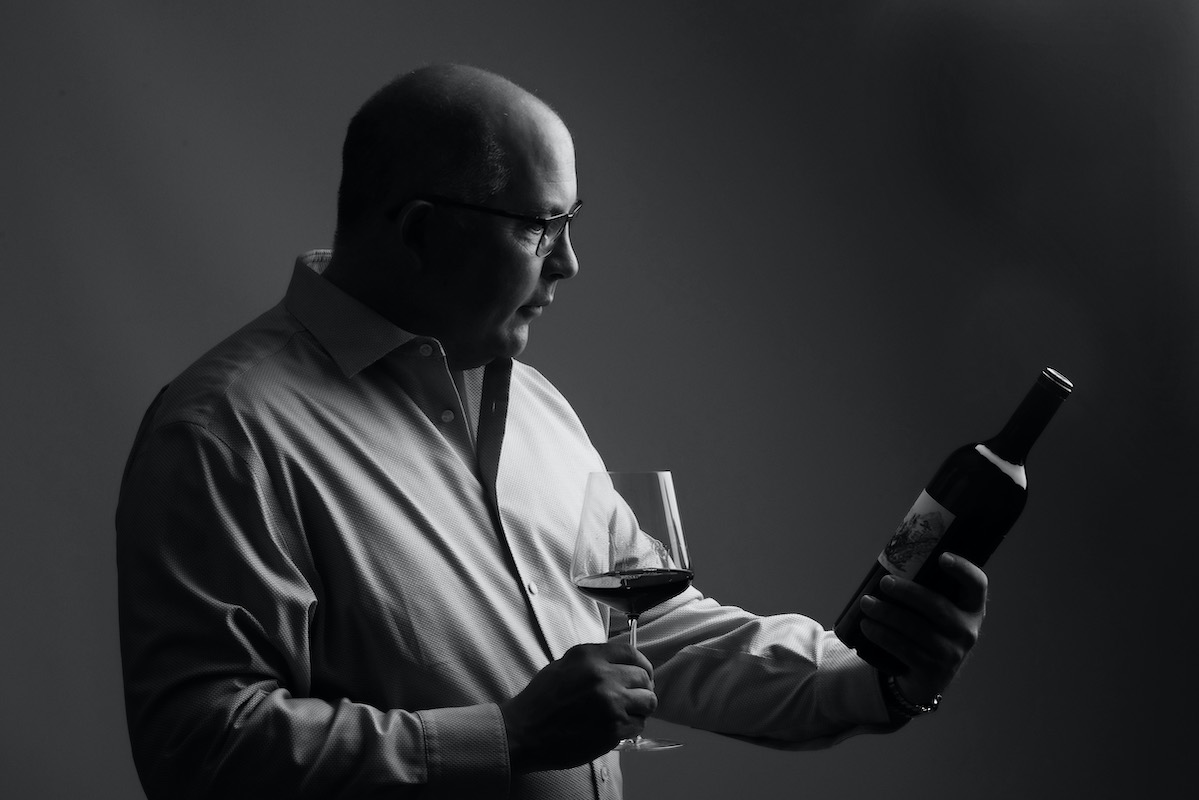
Fine wine is up there with the most enjoyable investments and coveted objects of desire. The Knight Frank Fine Wine Icons Index has risen 120% over the past decade, demonstrating that it is both a sound investment and one you can enjoy. Stuart Young, founder of Four Corners Wine and one of the world’s leading experts on California’s top wines, takes us on a journey of chateaux, vineyards, barrels and bottles, and everything in between. Whether you are a collector, investor or drinker, read on.
The late Gerard Basset, universally acknowledged as one of the world’s greatest wine experts until his untimely death in 2019, once said that the savvy collector should always buy two cases of wine, sell one and keep one for drinking. That way, he claimed, a wine lover could pretty much drink for free. Whilst crude advice, Basset wasn’t entirely wrong in his prognosis.
It is quite possible for a lover to fine wine to invest well thereby covering his “drinking costs”. The greater challenge is that it requires the collector to part with wines that have developed in complexity, maturity and value. The lure of wine collecting can be intoxifying: in my experience collectors love to drink great wine, but are much less keen to part with it.
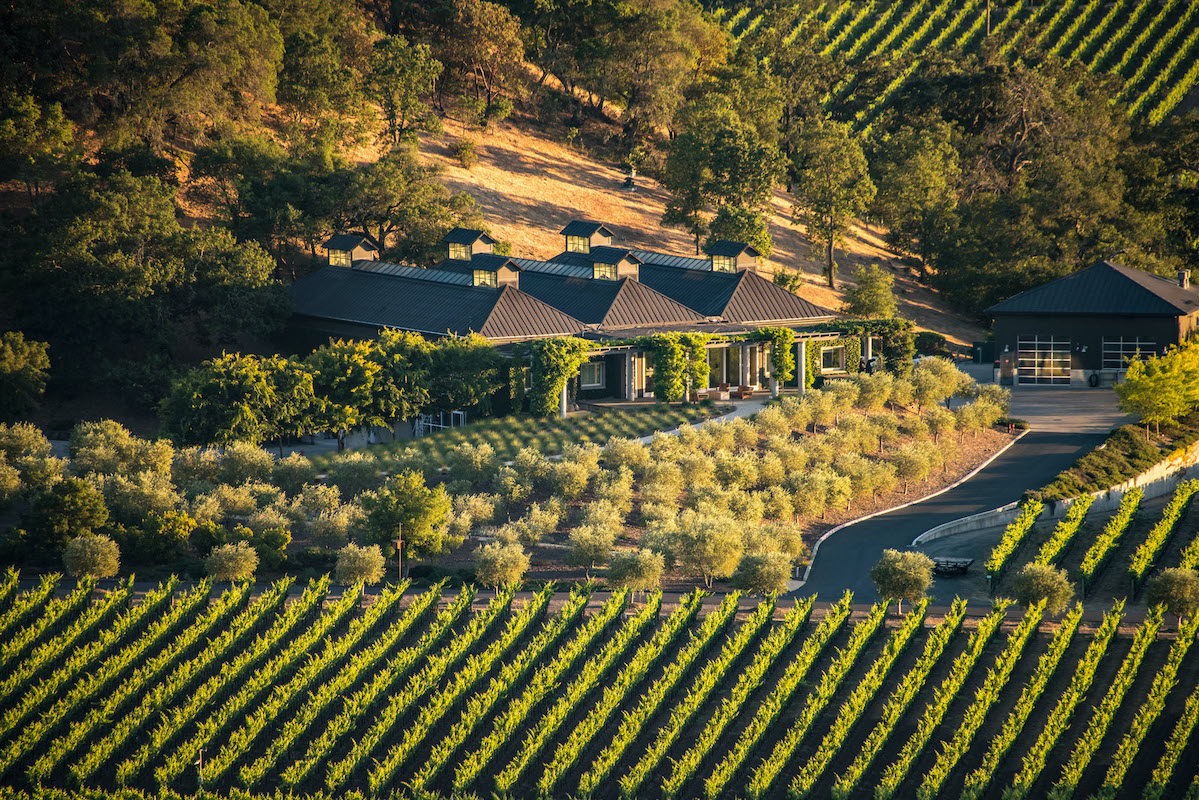
Wine and spirits collecting falls into that romantic phrase “investments of passion” along with watches, jewellery, art and bloodstock. Wine lovers buy it because they love it and, in some instances, hope that it might generate a return. Sometimes it does – a bottle of 1982 Château Lafite Rothschild increased by nearly 9,000% in the 30 years after its release.
A more typical example is perhaps Château Léoville Poyferré 1990, which has risen from $31 a bottle to $286 today. Even if it doesn’t, wine can enrich our existence. Return on investment doesn’t always have to mean financial efficiency and gain; investments that enhance our lives have a different type of value.
Many aspiring collectors don’t know where to begin on their wine collecting journey, so here I offer ten simple steps to starting a cellar:
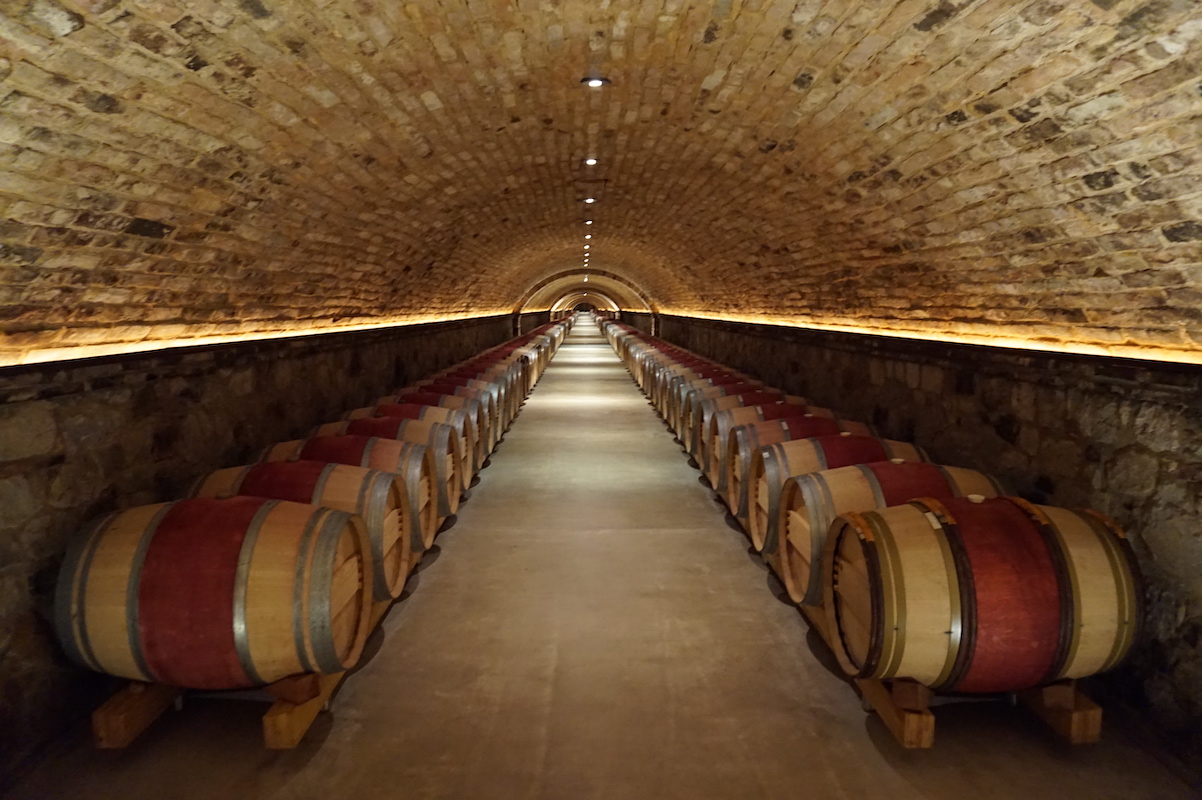
Set your budget
Know how much you want to invest from the outset and how much you might look to grow your collection each year. $10,000 may buy you a single bottle of Domaine de la Romanée-Conti, but consider a variety of bottles from $100 to $1,000.
Start small
It’s best to begin with a capsule cellar of around 200 wines. With new vintages released annually, you’ll soon grow that figure, but early restraint will prevent information and bottle overload.
Consider your drinking needs
If your first attempt at building a collection focuses entirely on En Primeuror new release wines, you’re going to go thirsty for a long time as they mature. Instead consider a balance of price, lifespan, geographical region, colour and style.
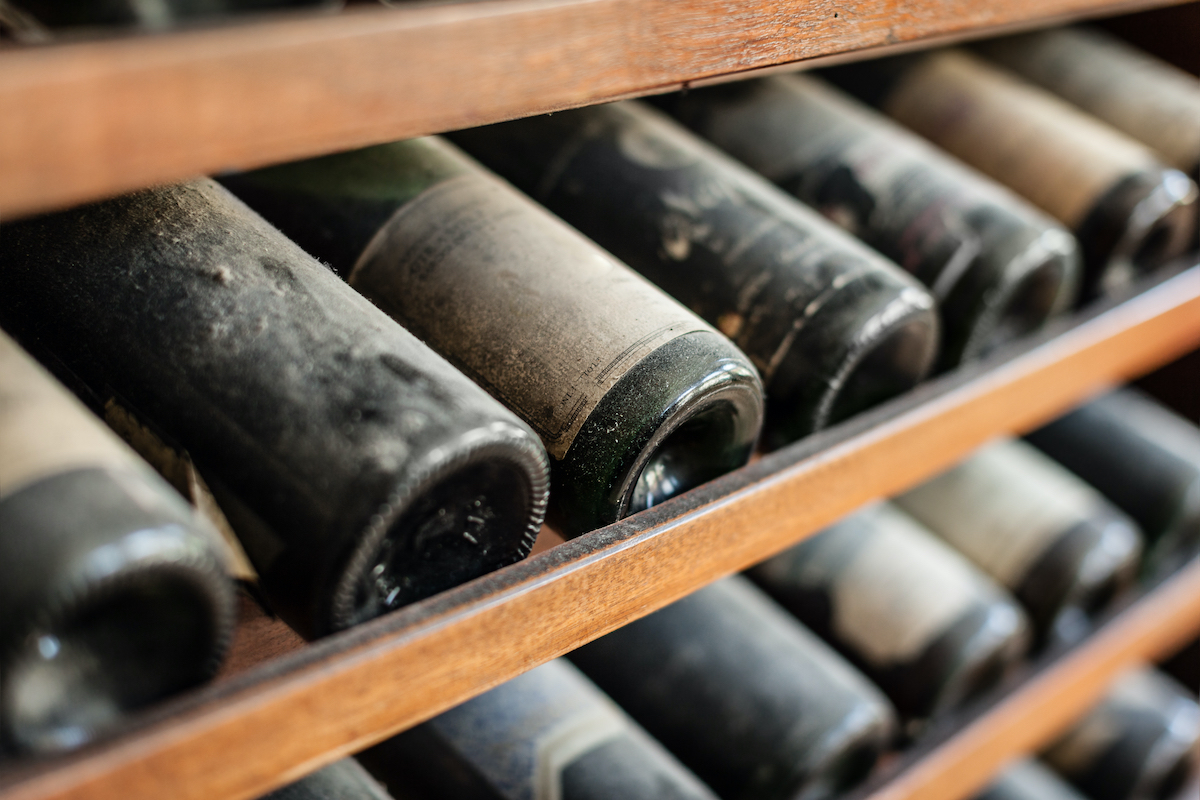
Find a trusted source
The wine world is extraordinarily complex. Work with a knowledgeable advisor who can introduce you to new wines and regions and who will help you to build your cellar based on your tastes and long-term objectives.
Vertical or horizontal
A vertical collection comprises different vintages from the same producer allowing for year-on-year comparison. In contrast, a horizontal collection explores a single vintage from the same region, but across multiple producers. Both are enjoyable and informative ways to learn about wine.
Storage
Good wine needs to be stored properly or it risks damage from excess light and heat. Consider investing in a home cellar from the likes of Sorrells for drinking wines, along with professional storage for those that need longer to mature.
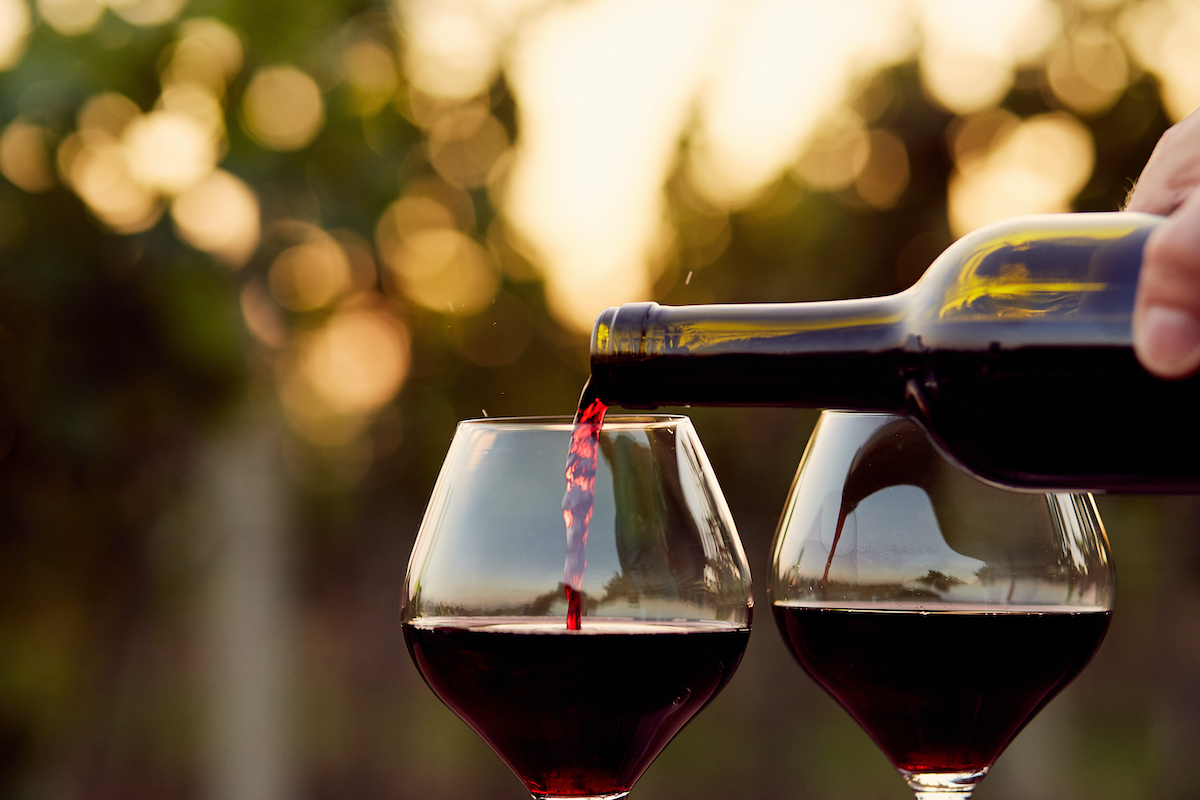
Insurance
Decades of wine history can be obliterated in minutes in the event of a flood or earthquake. Make sure your wines are covered in the event of a disaster.
Keep a log
There are a multitude of apps available that enable collectors to log and track their wines. CellarTracker is one of the most popular, a growing community of 350,000 wine collectors who share their tasting notes and wine stories. The tracking tool helps collectors to manage their wines and the App enables users to search for details of a wine just by scanning the label. Like art, provenance is key to the value of a bottle so always retain paperwork and original (wooden) cases from wineries, advisors or auctions.
Appraise the market
Wines from Bordeaux, Burgundy, California and Italy have consistently appreciated in value and with careful acquisition can generate a good financial return.
Be risk aware
If you’re offered something that seems too good to be true, it probably is.
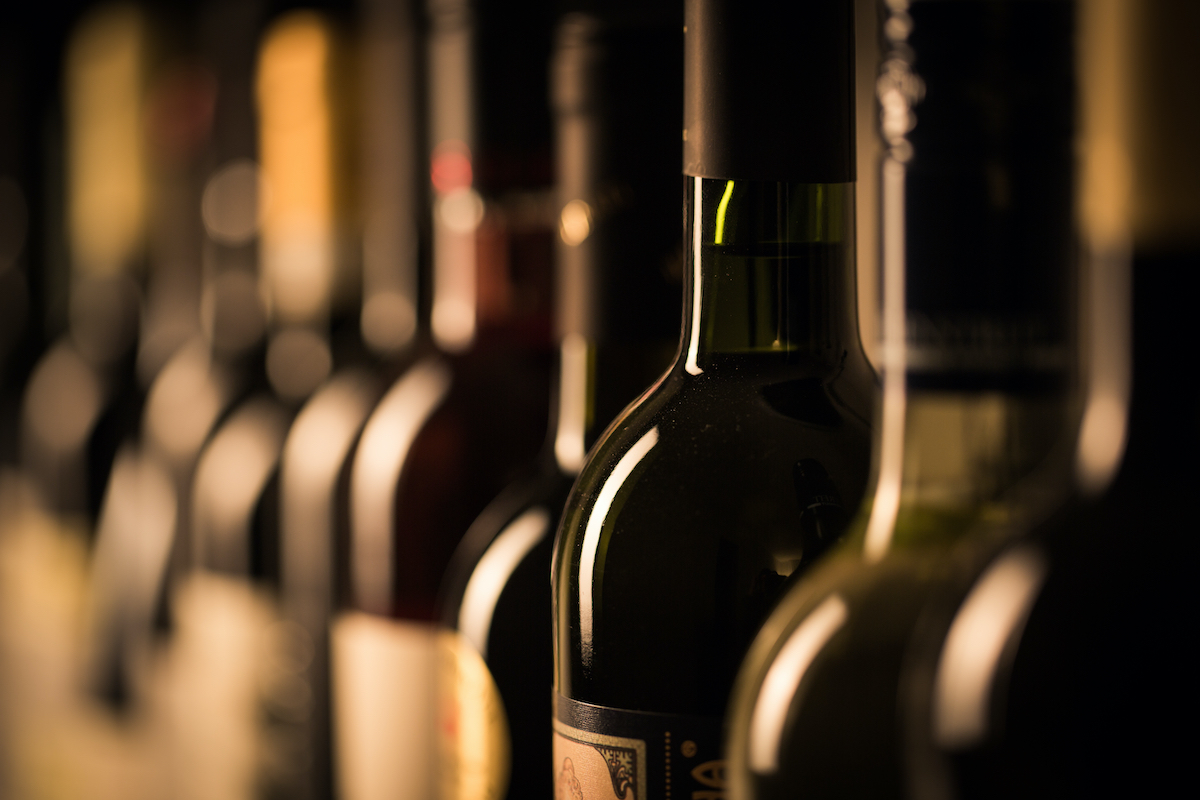
As in the case with any investment of passion, first and foremost buy what you enjoy. The greatest pleasure is derived from decanting a $1,000 bottle of wine for which you paid $100. Now that’s return on investment.







